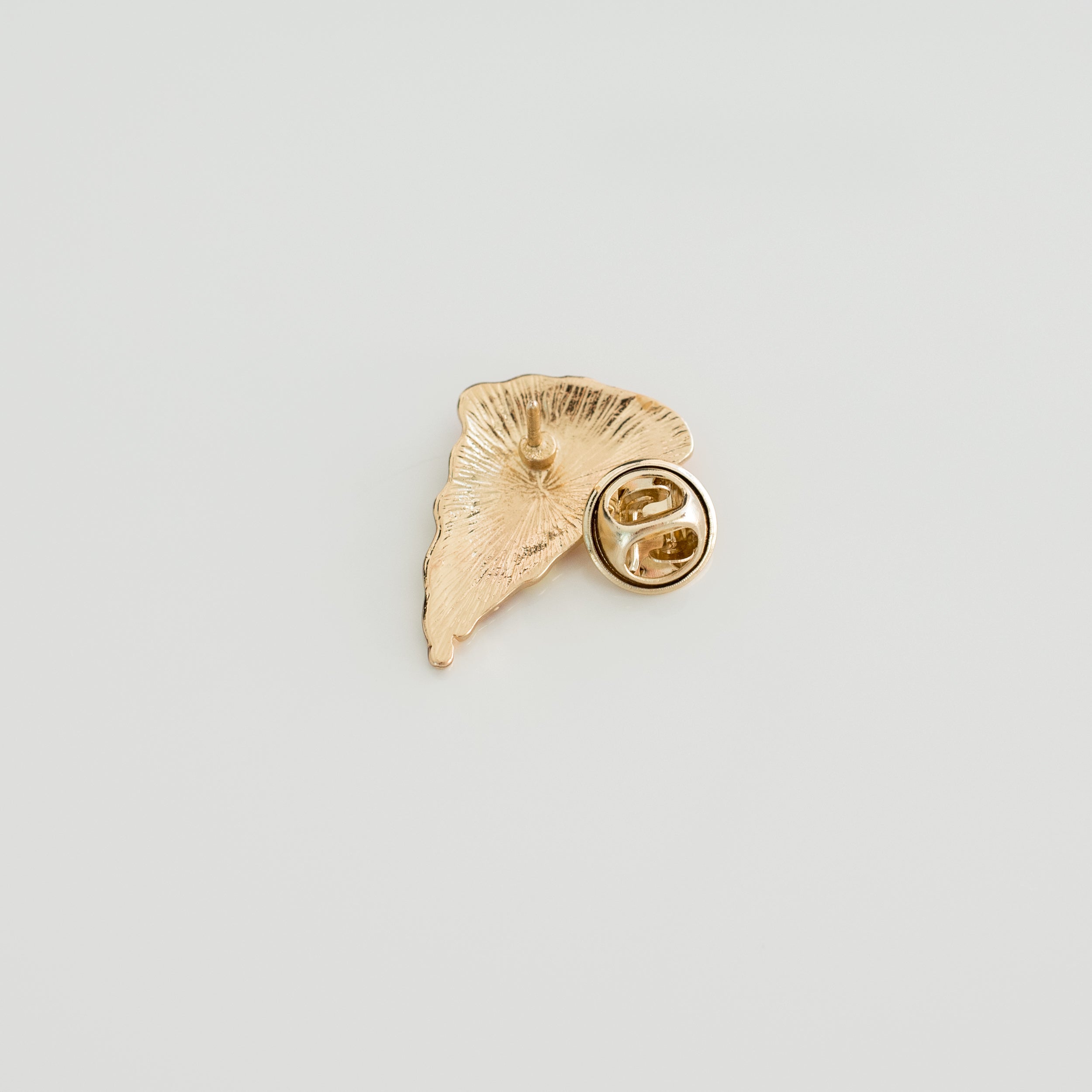Introduction to Tibetan Knots
Tibetan knots are a distinctive technique in rug-making, originating from Tibetan tradition, still used in Nepal and North India, where our factory is located. They differ from other methods like Persian or Turkish knots by using a rod to create loops, which are then cut to form the rug's pile. This process is known for its efficiency and the unique texture it imparts, making Tibetan knot rugs a popular choice for modern interiors.
Advantages Over Other Knotting Methods
Compared to Persian knots, which are known for intricate designs and higher density, Tibetan knots seem better for those prioritizing comfort and affordability. They are faster to produce, making them more budget-friendly, and their softness, due to lanolin-rich wool, is a notable unexpected benefit for cozy living spaces. Turkish knots, being robust, might suit traditional settings, but Tibetan knots shine in contemporary contexts.
Exploring Tibetan Knots in Rug-Making
Tibetan knots represent a fascinating aspect of rug-making, offering a blend of tradition, efficiency, and modern appeal. This note delves into their characteristics, advantages, and comparisons to other knotting methods, providing a comprehensive overview for those interested in rug craftsmanship and home decor.
Tibetan knots are a specific knotting technique used primarily in Tibetan rug-making, distinct from the symmetrical (Turkish) and asymmetrical (Persian) knots found in other traditions. The process involves looping yarn around two warp threads and a temporary rod, creating a row of loops that are later cut to form the pile. Interestingly, most of our Tibetan-style rugs are made by men, but Persian style is a woman's priority (and only after years of experience).

The rugs are traditionally made from sheep's wool, known as changpel, which is rich in lanolin, contributing to their soft, silky texture and the luxurious feel underfoot. The knotting method also allows for a uniform pile height, as the rod ensures consistency across a row.
Characteristics and Design
As mentioned, the lanolin-rich wool and knotting method create a rug that's incredibly soft, ideal for areas like bedrooms. This is an unexpected benefit for those prioritizing tactile experience. Tibetan knot rugs often feature modern and plainer designs, as opposed to the intricate patterns typical of Persian rugs.
 From this, it's clear that Tibetan knots offer a balance between comfort and durability. Persian knots, while excellent for detail, are more time-consuming, with an experienced knotter crafting 10,000 knots per day. This figure applies generally but highlights the labor intensity of denser knots. Tibetan knots, by contrast, seem faster due to the rod method, potentially reducing production time and cost.
From this, it's clear that Tibetan knots offer a balance between comfort and durability. Persian knots, while excellent for detail, are more time-consuming, with an experienced knotter crafting 10,000 knots per day. This figure applies generally but highlights the labor intensity of denser knots. Tibetan knots, by contrast, seem faster due to the rod method, potentially reducing production time and cost.








